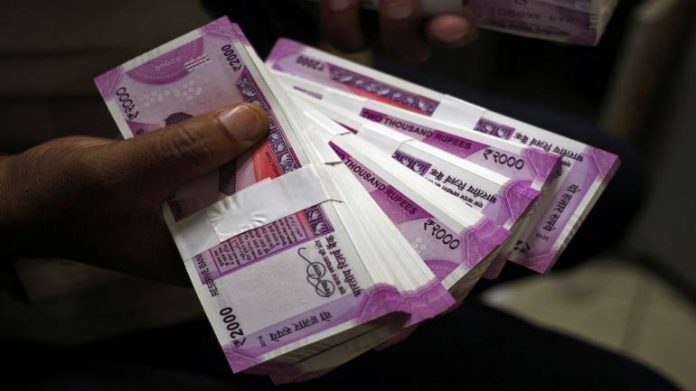The cut in circulation does not mean the Rs 2,000 notes will become invalid. In all likelihood, the denomination will be gradually phased out.
India has stopped printing Rs 2,000 notes in a bid to slowly reduce their circulation, a highly placed government source told ThePrint.
The cut in circulation does not mean the Rs 2,000 notes will become invalid. In all likelihood, the denomination will be gradually phased out.The decision comes on the back of suspicion in the Modi government that the high-denomination banknote was being used for hoarding, tax evasion and money laundering.
The RBI, India’s central bank and currency-issuing agency, did not respond to an email from ThePrint seeking comment. This report will be updated when it responds.The Rs 2,000 note was introduced in November 2016, after the government demonetised Rs 1,000 and Rs 500 denominations as part of an exercise pitched as a crackdown on black money. At that time, to counter the massive cash shortage, the government flooded the country with new Rs 2,000 notes.
As of March 2018, the total value of the currency in circulation was Rs 18.03 lakh crore, of which Rs 6.73 lakh crore, or 37 per cent, was in Rs 2,000 notes, and Rs 7.73 lakh crore, approximately 43 per cent, in Rs 500 notes. The remaining was in the lower denominations.
When the Rs 2,000 note was introduced, the Narendra Modi government was criticised for bringing out a note of such a high denomination considering it had cancelled the Rs 1,000 note.
Opposition parties had argued that the Rs 2,000 note would further help money launderers and tax evaders, and backfire on one of the government’s stated aims for demonetisation — checking tax evasion and money laundering.
These fears seemed to have come true last April when many Indian cities reported a massive cash shortage.The government suspected cash hoarding ahead of state elections, as well as stocking of money by people in the aftermath of the PNB-Nirav Modi bank fraud. The income tax department also reported massive seizures of Rs 2,000 notes during this period.
The critics included bankers, with Uday Kotak, the managing director of Kotak Mahindra Bank, questioning the government’s move to bring in Rs 2,000 notes while phasing out Rs 1,000 notes.
Falling currency
The squeeze in the circulation of the Rs 2,000 notes started some time back. The RBI’s annual report, released in August 2018, showed that only 7.8 crore notes of the Rs 2,000 denomination were added in 2017-18, taking the total number of bills in circulation to 336.3 crore as of March 2018. In 2016-17, 328.5 crore Rs 2,000 notes were in circulation.
The share of the Rs 2,000 notes in the total currency in circulation has come down as well: In March 2018, it was recorded at 37.3 per cent, a fall of nearly 13 percentage points from 50.2 per cent as of March 2017. In contrast, the printing and circulation of the new Rs 500 note has been stepped up. India added 958.7 crore Rs 500 notes in 2017-18, with 588.2 crore notes in circulation the previous year. The share of the Rs 500 notes in the total currency in circulation has increased too, from 22.5 per cent in March 2017 to 42.9 per cent in March 2018.


